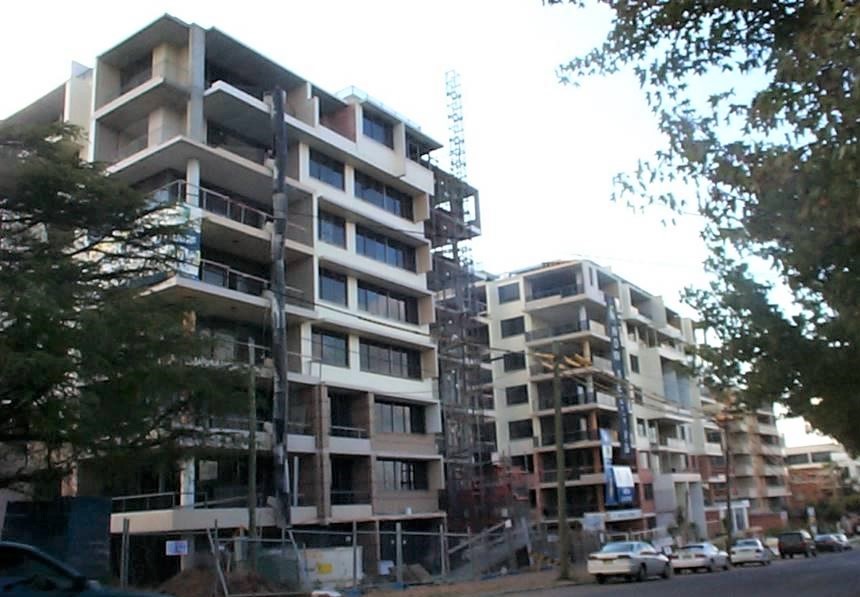
By Tony Recsei, President of Save our Suburbs.
Save Our Suburbs, a community group with members across Sydney, is alarmed at planning policies being introduced to force high-density into suburbs originally designed for low density living. The NSW Planning and Environment Department proceeds to implement these policies irrespective of the political party currently in government. The Department makes claims of benefits for its policies that do not stand up to analysis.
It maintains that high density is more sustainable. An Australian Conservation Foundation study has calculated annual greenhouse gas emissions per average person living in each post code. This shows the annual national average for high-density areas is 27.9 tonnes per person, compared to 17.5 tonnes for low density areas. High density is significantly less sustainable.
The Department claims that high-density makes housing more affordable. But we have seen more affordable older or smaller apartment buildings and homes replaced by high-density luxury units, essentially removing the lower value stepping stones into the housing market that worked so well for decades.
To force an increasing population into high-density the rate of land release on Sydney’s periphery was severely curtailed. This resulted in a scarcity that pushed up housing prices, where the land cost component has now more than doubled. The beneficiaries of these excess costs are developers and the government, which receives higher stamp duties and other fees.
High-density results in the degradation of the city’s environment. Gardens and remnant bushland are replaced by hard surfaces. City greenery which absorbs carbon dioxide and other pollutants and cool the city is vanishing. Rainwater, no longer absorbed by open ground, carries pollution into our rivers and ocean.
We were told that high-density would result in less car travel and its associated congestion and pollutants as everyone would use public transport. A 2004 Melbourne study which measured the percentage of car travel by people, before and after densification, found there was no resulting change. People still use their cars and comparisons of world cities show that the more density the more congestion.
The Greater Sydney Commission (GSC) claims that with its vision of a Metropolis of Three Cities no one will be more than a 30 minutes away from their jobs and public services. It assumes that currently most Sydney jobs are in the CBD and asserts this is what its Metropolis of Three Cities will change. But this assumption is incorrect. A 2018 study by the Grattan Institute finds that only 14.5% of jobs are currently in the CBD and the rest are spread throughout the city. Therefore, one cannot see the Commission’s 3 cities plan significantly changing the current overall jobs/dwelling relationship. The real situation is much more complicated than the Commission assumptions.
The Markelius plan for Stockholm is an example of a failed attempt to reduce travel by building high-rise dwellings and employment opportunities in centres. Only 15% to 24% of workers living in such centres worked there, the rest commuted out. In a democracy, one cannot dictate to people where they should live and work. Choices are made based on many individual factors. Yet the GSC uses its 3-city scenario as a justification to force high-density into communities.
There are examples of other planning possibilities. In the US, the fastest growing cities have lower densities, with resultant lower house prices and less congestion. For example Houston and Dallas-Fort Worth are larger than Sydney but experience house prices one third of Sydney’s as well as lower journey times to work and lower measures of congestion.
New South Wales needs to adopt a more open-minded and objective approach to planning and learn from others. And importantly, we need to use regulation sparingly and not to enforce the implementation of unproved ideology.
